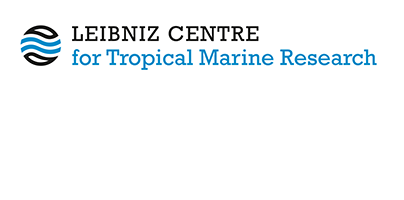Fisheries and management.
Isaac, V.J., Santo, R.V.E. and Saint-Paul, Ulrich (2010) Fisheries and management. In: Mangrove dynamics and management in North Brazil. Ecological Studies 211. , ed. by Saint-Paul, Ulrich and Schneider, Horacio. Ecological Studies, 211 . Springer, Berlin Heidelberg, pp. 233-248. ISBN 978-3-642-13456-2 DOI https://doi.org/10.1007/978-3-642-13457-9_15.
Full text not available from this repository.Abstract
The Bragatine region off the state of Pará, Brazil, is naturally conducive to fishery activities for its high productivity and considerable ichthyic diversity. Despite its relative importance, little was known regarding the fishery. Data on catches were collected for all landings occurring from June 2000 to June 2001 at seven sites located on the margins of the Caeté River estuary. Interviews and discussions with community leaders, associations, fishermen and others linked to fishery activities were also carried out in order to typify the fishery production systems. Approximately 1,000 different vessels operated at the landing. The structure of the fleet has changed, increasing the number and mean size of motorized vessels and decreasing the number of rowing boats and skiffs. Fishery activities in the region are performed with a large variety of methods and modalities. The fishery production systems observed at landings in the city were subdivided into 16 categories: 1 on an industrial scale, 4 of a large-scale artisanal nature and 11 of a small-scale artisanal. A considerable discrepancy between the official data and those obtained from our survey was observed and may be attributed to failures in government statistical collection methods. The fisheries clearly present a seasonal variability, which appears to be associated to the hydrological cycle. Catches within the estuary of the Caeté River represented about half of total landings. A total of 62 fish and invertebrates categories were established for the landings. The first 10 species represent 80% of the total volume, and Macrodon ancylodon alone accounts for nearly one-quarter of the recorded total. Over 4,100 fishermen operate in the Bragança fishing fleet. The social situation of these laborers is quite precarious. The level of schooling of fishery laborers is also quite low andthere are numerous social conflicts between stakeholders. A large number of vessels and fishermen from the northeast region of the country have come to the city of Bragança in search of more promising yields, especially in the targeting of snappers and lobster. In a multidimensional analysis of sustainability indicators considering social, economic, ecological, technological and political aspects of fishery production systems in the state of Pará, it was concluded that none of the fishery modalities has an adequate performance in all evaluation fields. The small-scale artisanal fishery modalities appear to have less impact on the ecosystem and resources. However, social sustainability seems to be seriously compromised by the lack of working conditions, housing, social security system, and education.
| Document Type: | Book chapter |
|---|---|
| Programme Area: | PA Not Applicable |
| Research affiliation: | Ecology |
| Open Access Journal?: | No |
| DOI: | https://doi.org/10.1007/978-3-642-13457-9_15 |
| ISSN: | 0070-8356 |
| Date Deposited: | 14 Oct 2025 16:16 |
| Last Modified: | 10 Nov 2025 14:37 |
| URI: | https://cris.leibniz-zmt.de/id/eprint/963 |
Actions (login required)
 |
View Item |





 Tools
Tools Tools
Tools